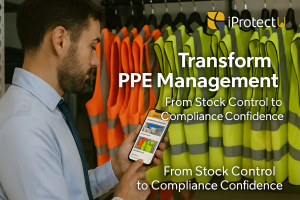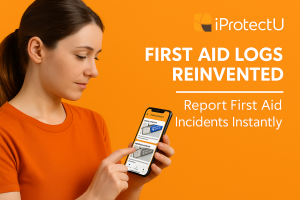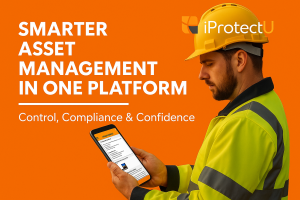Health and Safety Software » Health and Safety Software News » Risk Assessment » Conducting Risk Assessments for Manufacturing Machinery
Conducting Risk Assessments for Manufacturing Machinery

It is imperative to carry out regular risk assessments of all machinery in the workplace.
A risk assessment is a systematic process for identifying and evaluating the hazards associated with a machine. It should be conducted by a competent person who has the knowledge and experience to identify and assess the risks.
The first step in a risk assessment is to identify the hazards associated with the machine. This includes hazards such as:
- Moving parts
- Sharp edges
- Hot surfaces
- Electrical hazards
- Falls from height
- Noise
- Compressed gases
The next step is to evaluate the risks associated with each hazard. This involves considering the likelihood of the hazard occurring and the severity of the injury that could result.
The risks can be evaluated using a variety of methods, such as:
- Qualitative methods, such as brainstorming and checklists
- Quantitative methods, such as fault tree analysis and failure mode and effects analysis
The results of the risk assessment should be documented and used to develop control measures to reduce the risks. Control measures may include:
- Guarding of moving parts
- Labelling of hazards
- Training of workers
- Maintenance of machinery
Risk assessments should be reviewed and updated at regular intervals, as the risks associated with machinery can change over time.
Additional tips for conducting risk assessments of machinery in manufacturing:
- Involve all relevant stakeholders in the risk assessment process, such as workers, managers, and safety professionals.
- Use a variety of methods to identify and evaluate the risks.
- Document the results of the risk assessment and keep it up to date.
- Implement the control measures identified in the risk assessment.
- Monitor the effectiveness of the control measures – make changes as needed.
Specific considerations for conducting risk assessments of machinery in manufacturing:
- The type of machinery. Some types of machinery, such as woodworking machines and power presses, pose a higher risk of injury than others.
- The age and condition of the machinery. Older machinery may be more likely to have hazards, such as worn or damaged guards.
- The way the machinery is used. For example, a machine that is used by inexperienced workers may pose a higher risk of injury than a machine that is used by experienced workers.
- The environment in which the machinery is used. For example, a machine that is used in a wet or dusty environment may pose a higher risk of electrical shock or fire.
By taking these factors into account, you can conduct more effective risk assessments of machinery in manufacturing. This will help to protect workers from injury and ensure a safe workplace.
The iProtectU health and safety software provides:
- An inspection and Audit App which allows for safety inspection of the workplace and associated report
- eLearning on a wide range of EHS topics, which cover risk assessment
- Scheduling functionality for managers to send eLearning, risk assessments and documents out to all staff via the software with tracks completion and compliance
- Risk assessment templates covering use of machinery
- Management system to document control the policy on risk assessment
- Method Statement module for the creation of working instructions
- Legal register that provides legislation guidance on risk assessment of machinery
- Incident investigation module that tracks incidents involving machinery, both with an app and via desktop
- Hazard observation app where staff can report and record any concerns regarding machinery to the organisation
- Asset management App ensuring assets are recorded in the software
Arrange your demonstration
Let us show you how we can transform your health and safety, risk and compliance management
Please choose a date and time for your demo. We look forward to meeting with you.
Latest Updates & Information
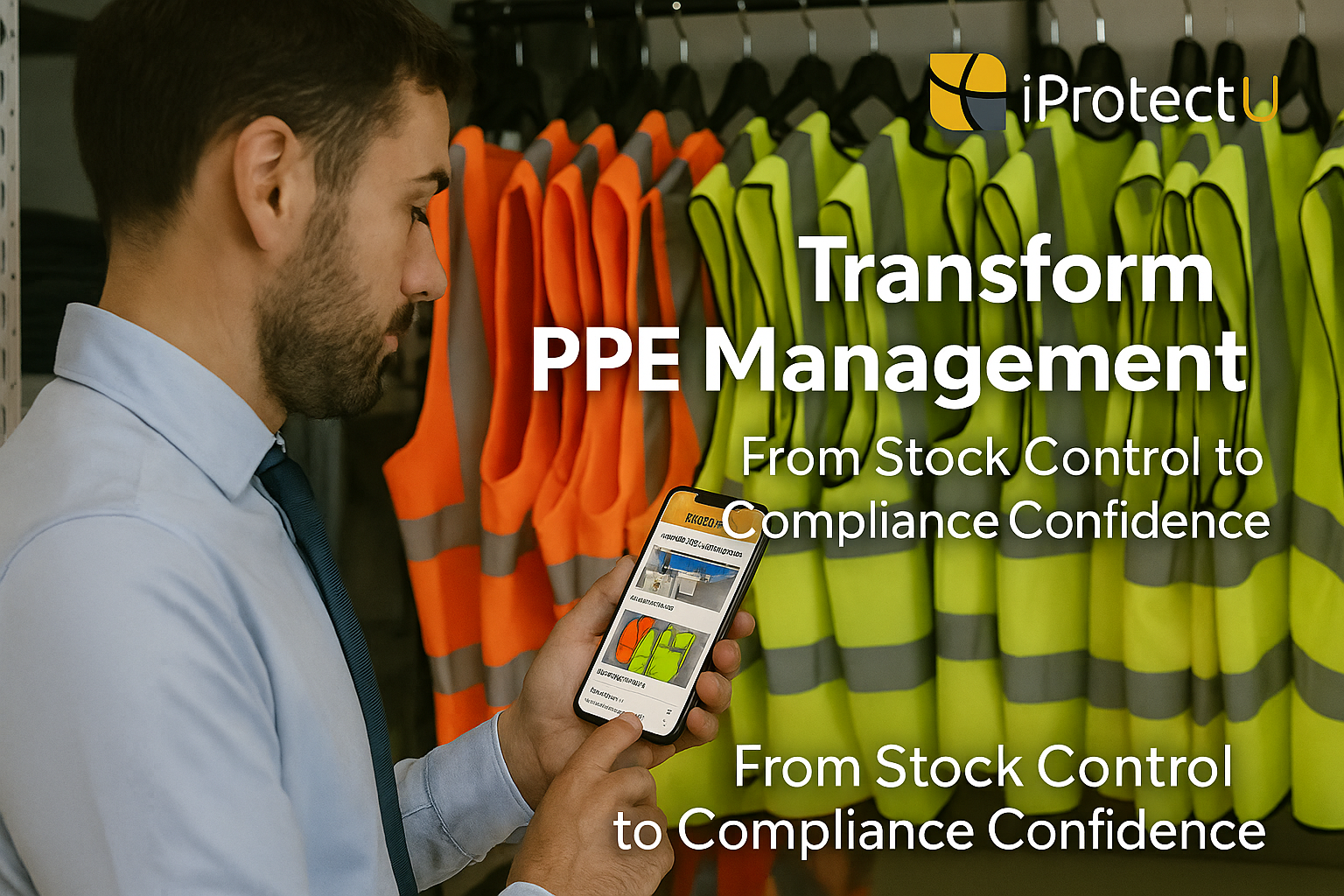
How iProtectU Transforms PPE Management: From Stock Chaos to Compliance Confidence
Managing personal protective equipment (PPE) doesn’t have to be a paperwork struggle. With iProtectU, safety

From iProtectU to Amazon: A Work Experience Success Story
From work experience to an Amazon internship. Read how iProtectU helped empower a young talent

Modern Supplier & Contractor Management Software for Safer, Smarter Organisations
Modern organisations face increasing complexity when managing suppliers and contractors. Manual methods like spreadsheets and

Modern Legal Register Management for Modern Organisations
iProtectU’s Legal Register Software simplifies how organisations track, update and manage legal requirements. Stay compliant
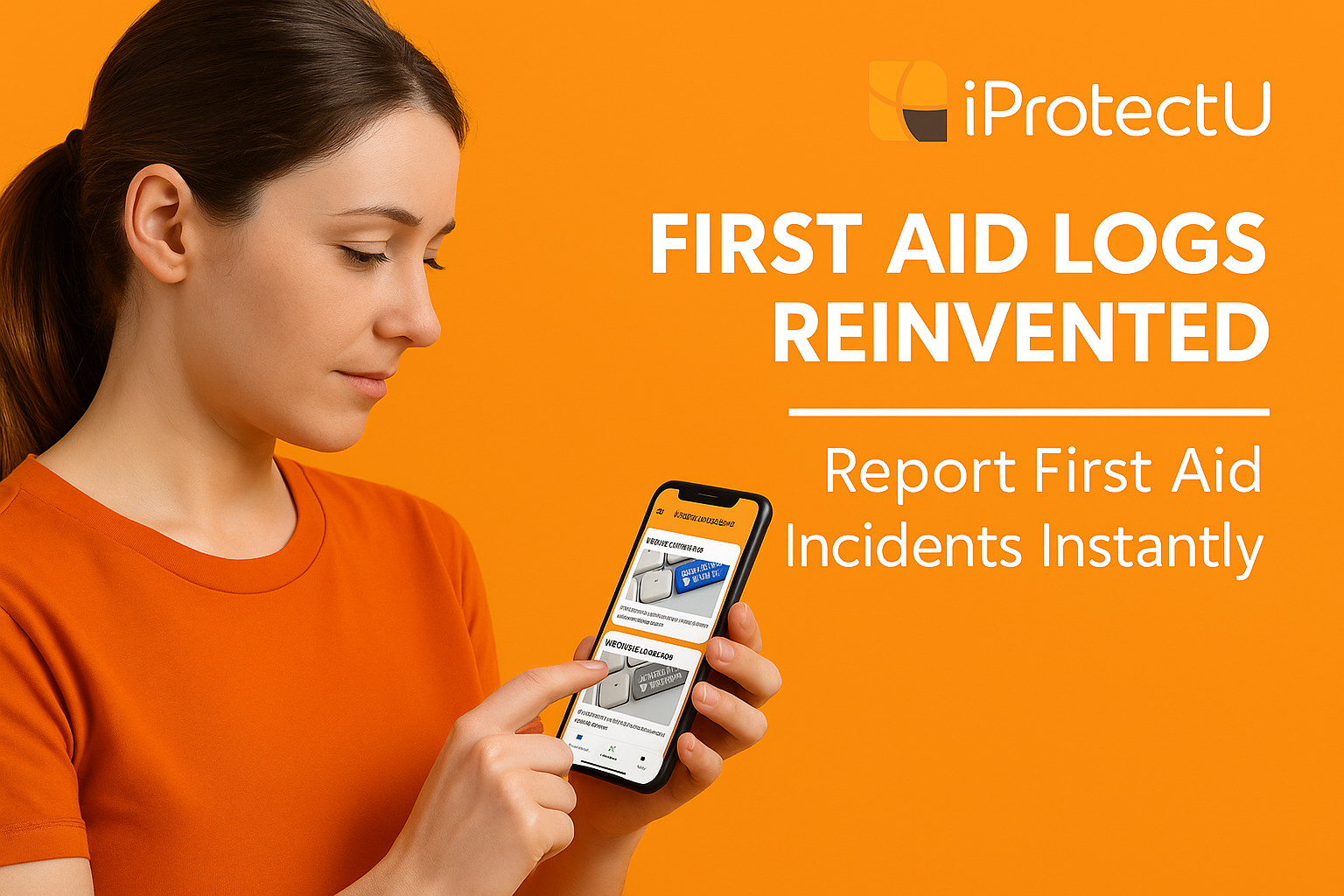
From Treatment to Trend Analysis – Report First Aid Incidents Instantly
iProtectU EHS First Aid Reporting & Management Software simplifies the recording, tracking, and analysis of
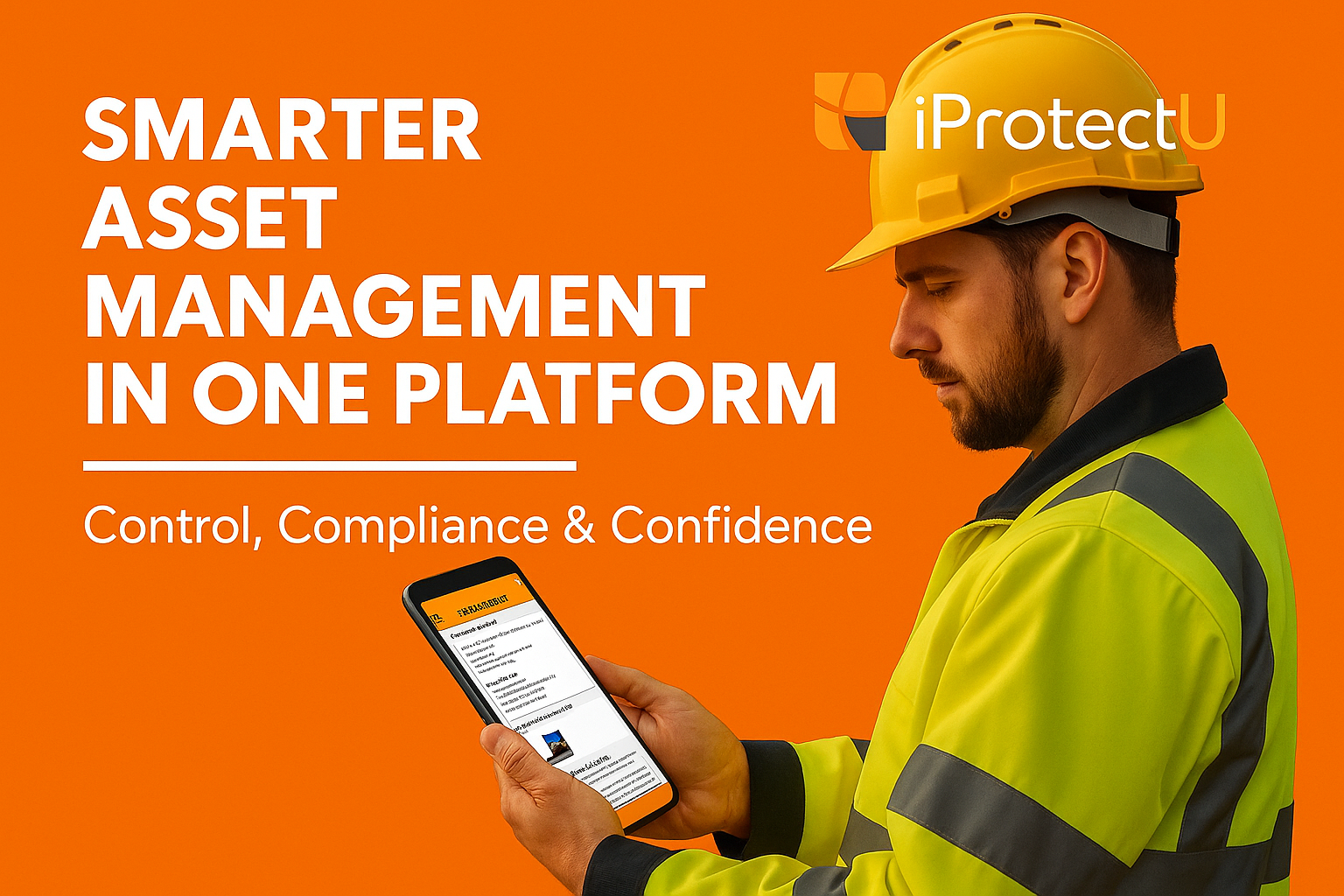
Smarter Asset Management: Control, Compliance & Confidence in One Platform
iProtectU Asset Management Software provides centralised control over equipment, machinery and safety-critical assets. Automate maintenance

